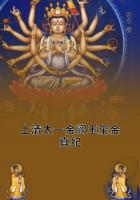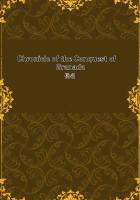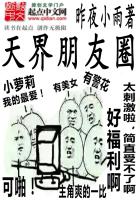When the documents speak of plots containing two or three acres, it must be remembered that such crofts and cotlands occur also in the usual system, and I do not see any reason to suppose that the existence of such subdivided rights always indicated a real dispersion of the economic unit: they may have stood as a landmark of the relative rights of joint occupiers. I do not mean to say, of course, that there was no real basis for the very great difference which is assumed by the two ways of describing the tenements. No doubt the hand of the lord lay heavier on the Essex people than on the Kentish men, their occupation and usage of the land was more under the control of the lord, and assumed therefore an aspect of greater regularity and order. Again, the legal privileges of the Kentish people opened the way towards a greater development of individual ******* and a certain looseness of social relations. Still it would be wrong to infer too much from this formal opposition. In both cases the centripetal and the centrifugal tendency are working against each other in the same way, although one case presents the stronger influence of disruptive forces, and the other gives predominance to the collective power. In the history of socage and military tenure the system of unity arose gradually, and without any sudden break, out of the system of division. The intimate connexion between both forms is even more natural in peasant ownership, which had to operate with small plots and small agricultural capital, and therefore inclined naturally towards the artificial combination of divided interests. In any case there is no room in practice for the rigid and consequent operation of either rule of ownership, and, if so, there is no actual basis for the inference that the unification of the holding is to be taken as a direct consequence of a servile origin of the tenement and a sure proof of it. Unification appears on closer inspection as a result of economic considerations as well as of legal disabilities, and for this reason the tendency operated in the sphere of free property as well as among the villains; among these last it could not preclude the working of the disruptive elements, but in many cases only hid them from sight by its artificial screen of rigid holdings.
We have seen that the size and distribution of the holdings are connected with the number of oxen necessary for the tillage, and its relation to the full plough. The hide appears as the ploughland with eight oxen, the virgate corresponds to one yoke of oxen, and the bovate to the single head. it need not be added that such figures are not absolutely settled, and are to be accepted as approximate terms, The great heavy plough drawn by eight or ten oxen is certainly often mentioned in the records, especially on demesne land.(59*) The dependent people, when they have to help in the cultivation of the demesne, club together in order to make up full plough teams.(60*) It is also obvious that the peasantry had to associate for the tilling of their own land, as it was very rare for the single shareholder to possess a sufficient number of beasts to work by himself. But it must be noticed that alongside of the unwieldy eight-oxen plough we find much lighter ones. Even on the demesne we may find them drawn by six oxen. And as for the peasantry, they seem to have very often contented themselves with forming a plough team of four heads.(61*) It is commonly supposed by the surveys that the holder of a yardland joins with one of his fellows to make up the team. This would mean on the scale of the hide of 120 acres that the team consists of four beasts.(62*) It happens even that a full plough is supposed to belong to two or three peasants, of which every one is possessed only of five acres; in such cases there can be no talk of a big plough; it is difficult to admit even a four-oxen team, and probably those people only worked with one yoke or pair of beasts.(63*) Altogether it would be very wrong to assume in practice a strict correspondence between the size of the holding and the parts of an eight-oxen plough. The observation that the usual reckoning of the hide and of its subdivisions, according to the pattern of the big team, cannot be made to fit exactly with the real arrangement of the teams owned by the peasantry -- this firmly established observation leads us once more to the conclusion that the system of equal holdings had become very artificial in process of time and was determined rather by the relation between the peasants and the manorial administration than by the actual conditions of peasant life.















